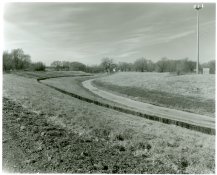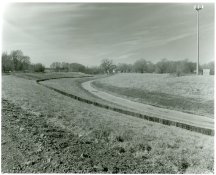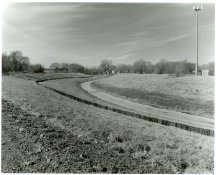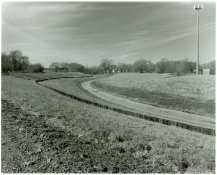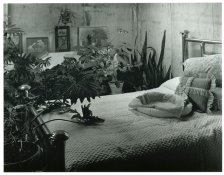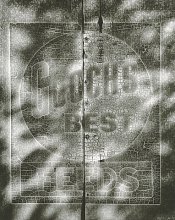jstraw
Member
Much praise to the massive development chart.
I shot some film on Saturday, doubling up on several images, processing one set in 510-Pyro at 1:100 dilution for 7 minutes and the other set at 1:500 for 50 minutes...both, as per the massive dev chart.
I can't imagine that the negative denisities would match any closer if I did one scheme, twice. To the naked eye, they're amazingly matched.
The naked eye also doesn't see the benefit of the semi-stand development. Fortunately, the naked eye, looking at the negative is not the last word. Prints will tell.
Several observations...
I'm not seeing the apparent thinness of a stained negatives. They seem as dense as any negative in a non-staining developer. Maybe my metering practices are suspect.
The color of the two sets of negatives are the one noticible difference. The 7 minute batch appear olive in color and the 50 minute set appear more mocha colored. What this difference in staining means for the light spectrum that's in use during printing may prove interesting.
I will make the best straight print I can from one of the "7" set, then print it's sibling from the "50" batch exactly the same way, to compare printing behavior headt-to-head. Then I'll try and make the best straight print I can from the "50" negative so I have that comparison as well. I'll post scans of the three resulting prints.
I shot some film on Saturday, doubling up on several images, processing one set in 510-Pyro at 1:100 dilution for 7 minutes and the other set at 1:500 for 50 minutes...both, as per the massive dev chart.
I can't imagine that the negative denisities would match any closer if I did one scheme, twice. To the naked eye, they're amazingly matched.
The naked eye also doesn't see the benefit of the semi-stand development. Fortunately, the naked eye, looking at the negative is not the last word. Prints will tell.
Several observations...
I'm not seeing the apparent thinness of a stained negatives. They seem as dense as any negative in a non-staining developer. Maybe my metering practices are suspect.
The color of the two sets of negatives are the one noticible difference. The 7 minute batch appear olive in color and the 50 minute set appear more mocha colored. What this difference in staining means for the light spectrum that's in use during printing may prove interesting.
I will make the best straight print I can from one of the "7" set, then print it's sibling from the "50" batch exactly the same way, to compare printing behavior headt-to-head. Then I'll try and make the best straight print I can from the "50" negative so I have that comparison as well. I'll post scans of the three resulting prints.








